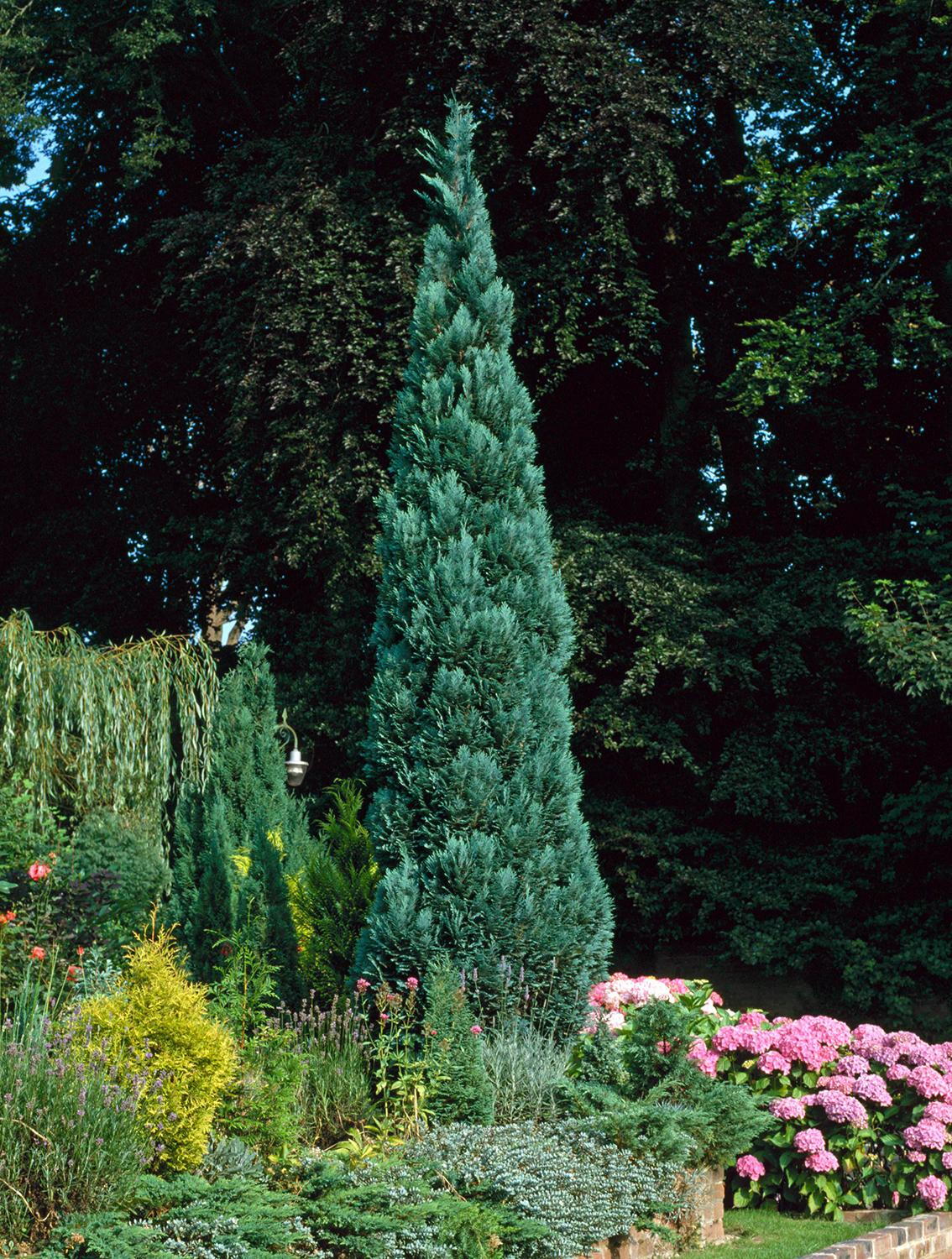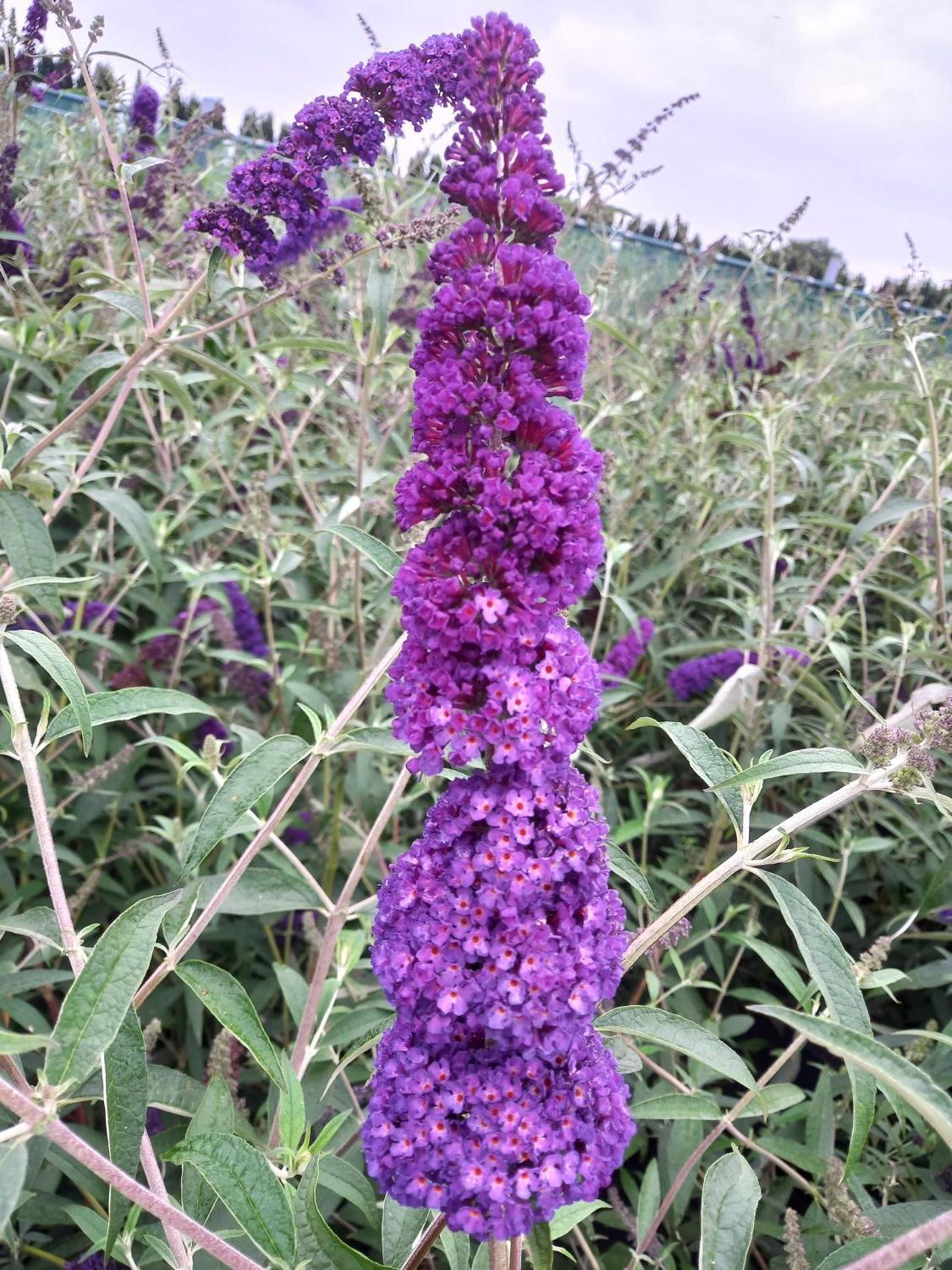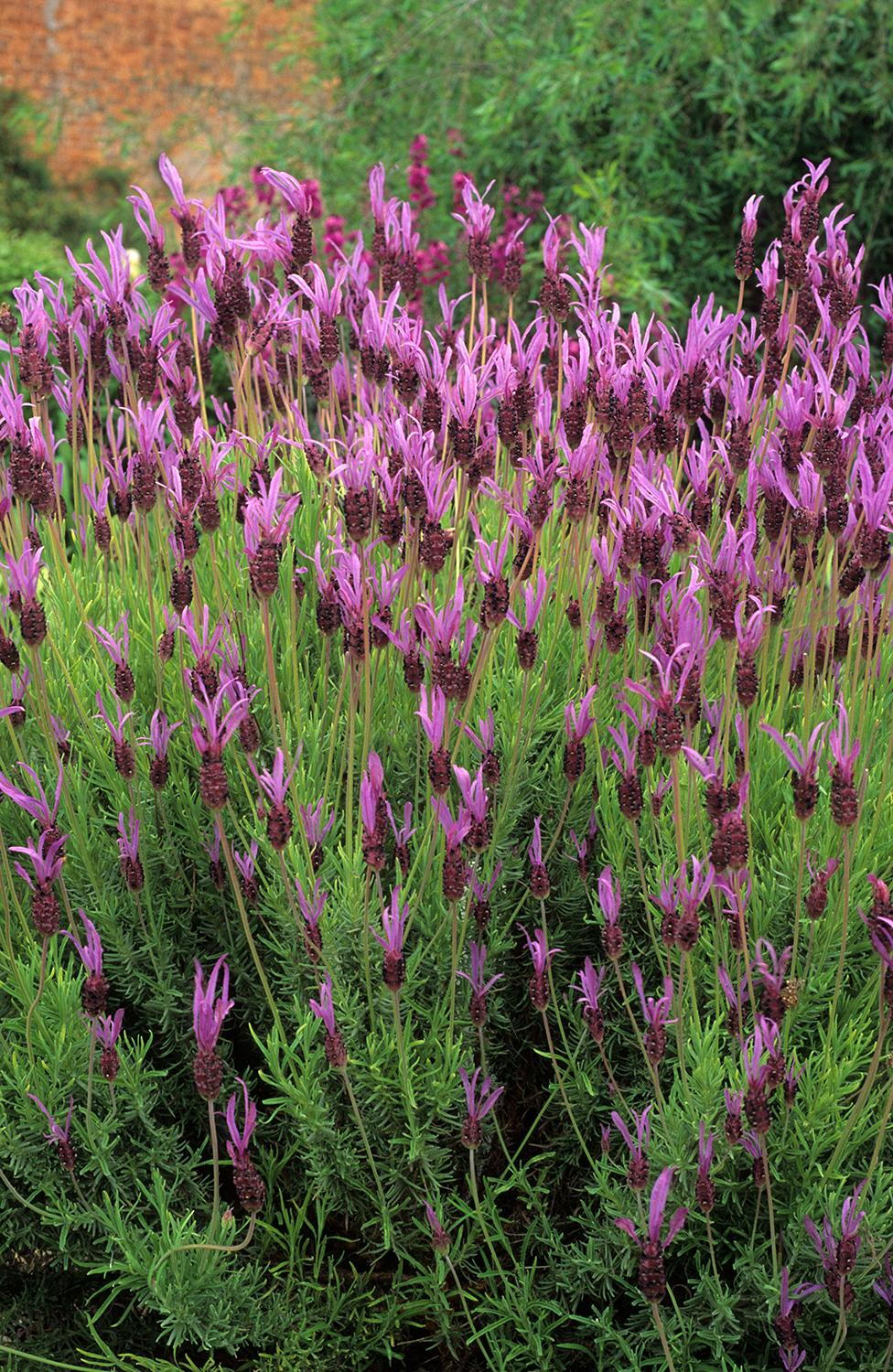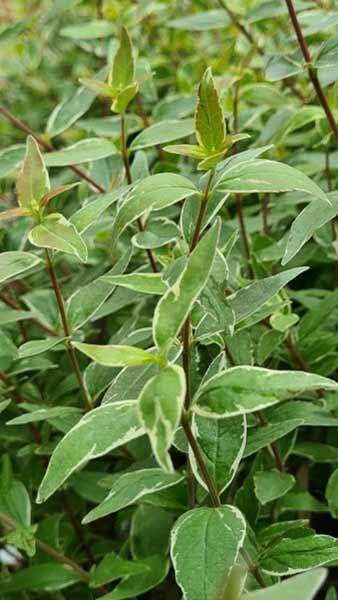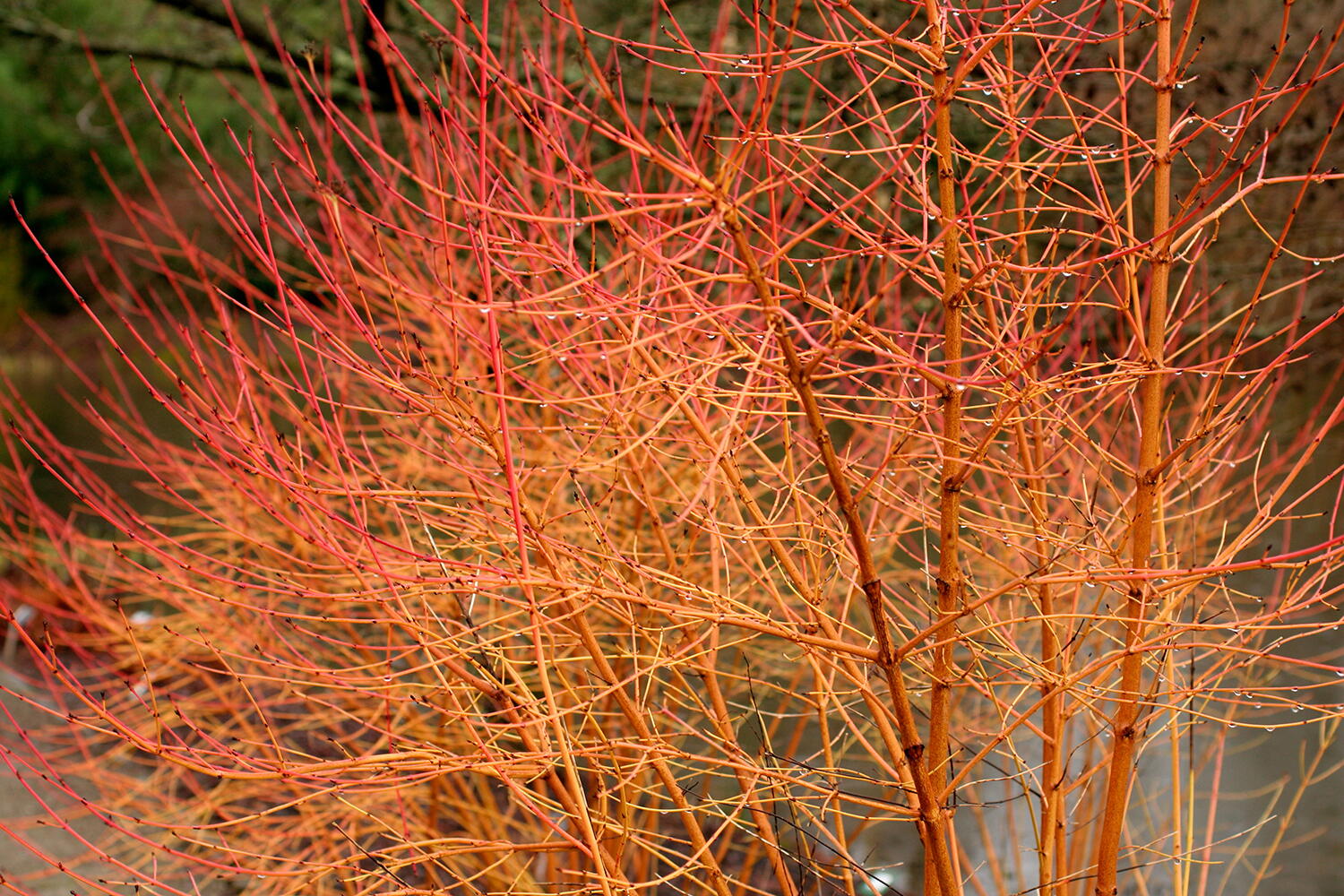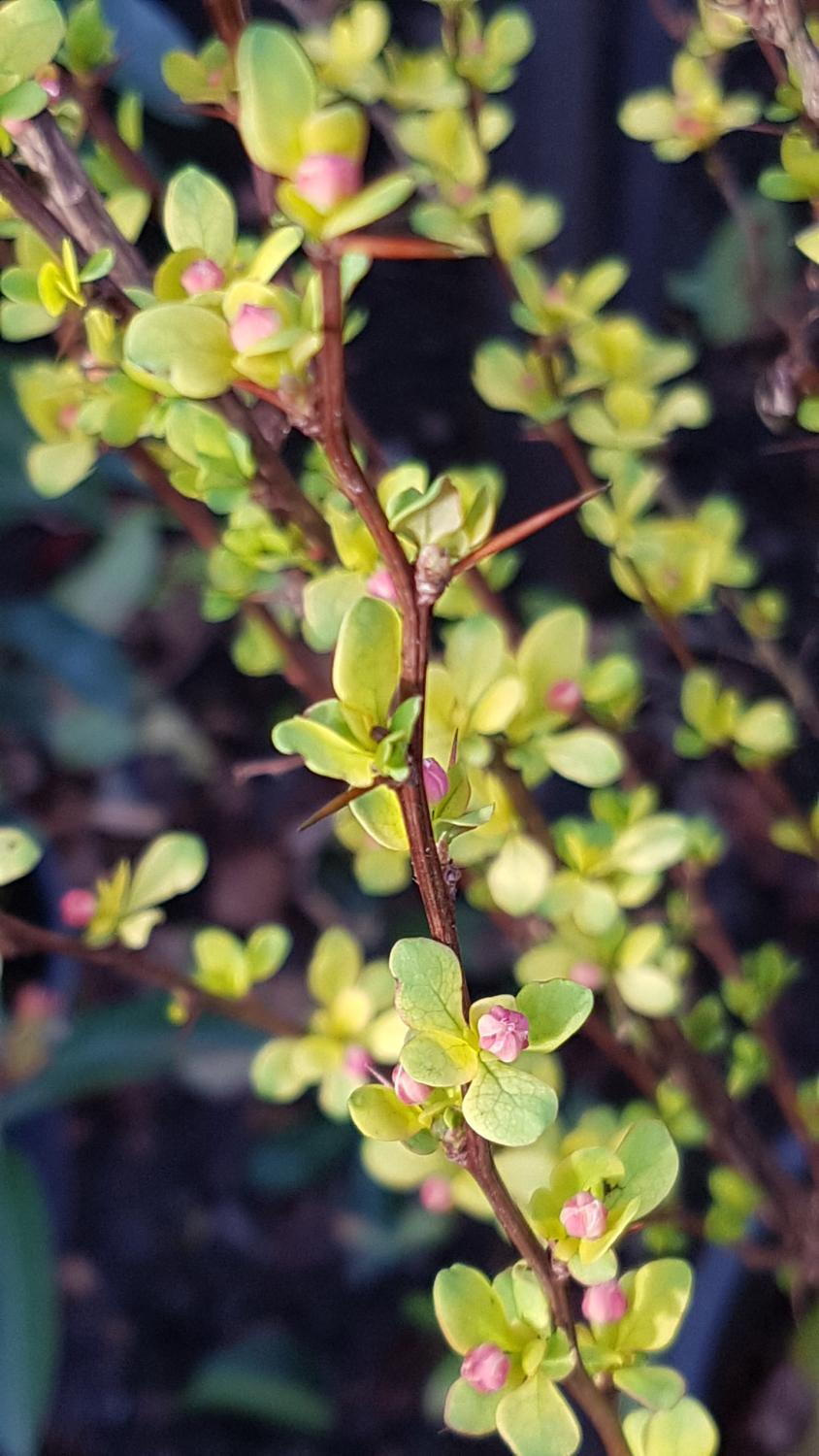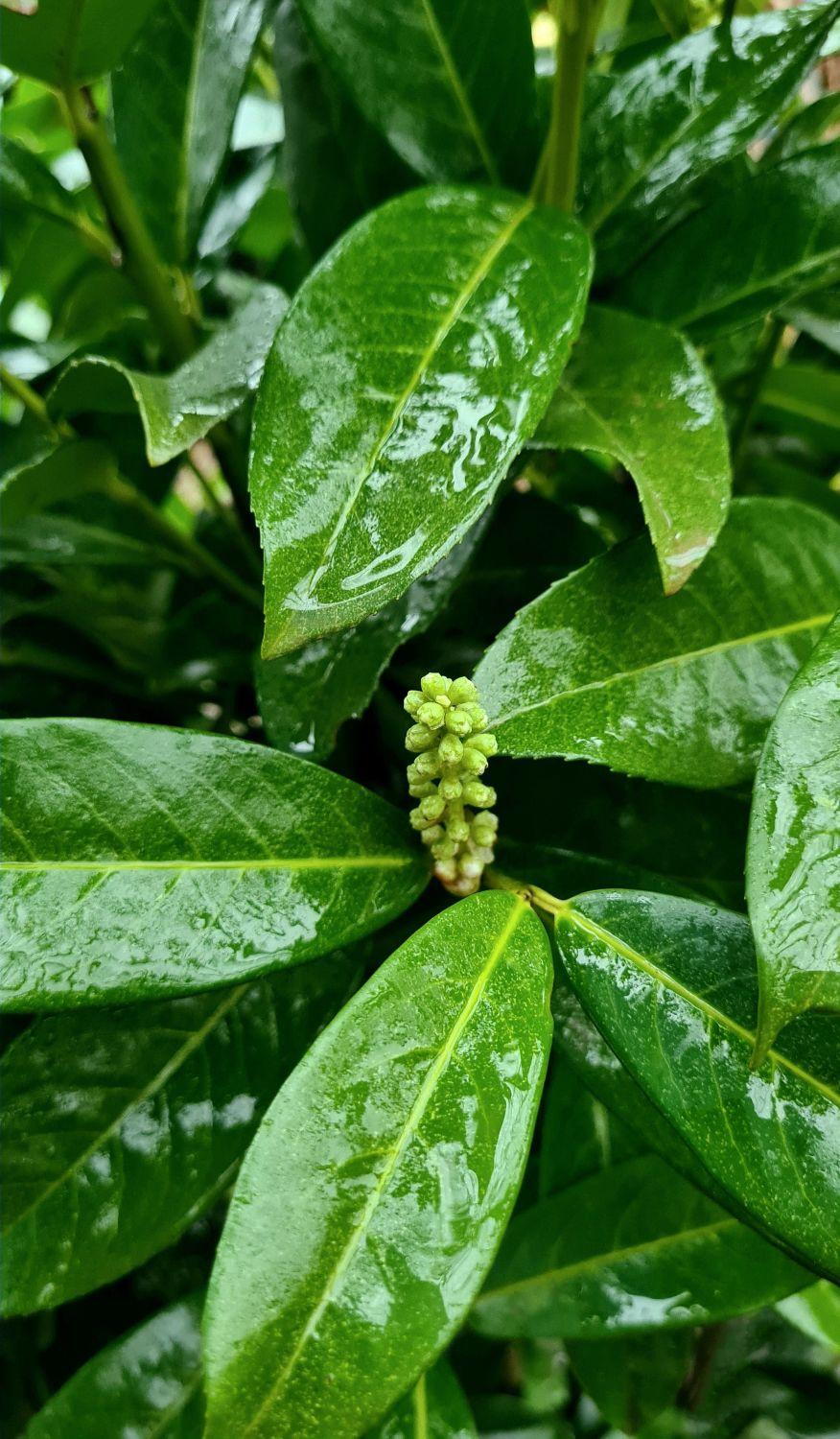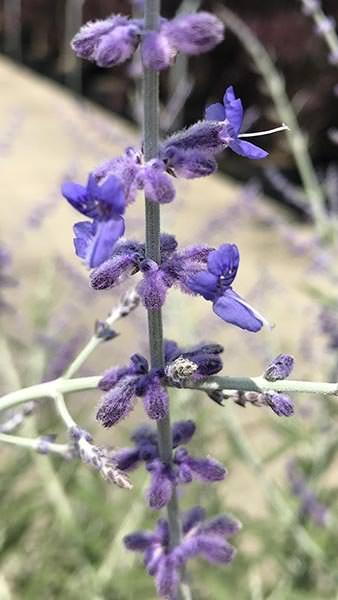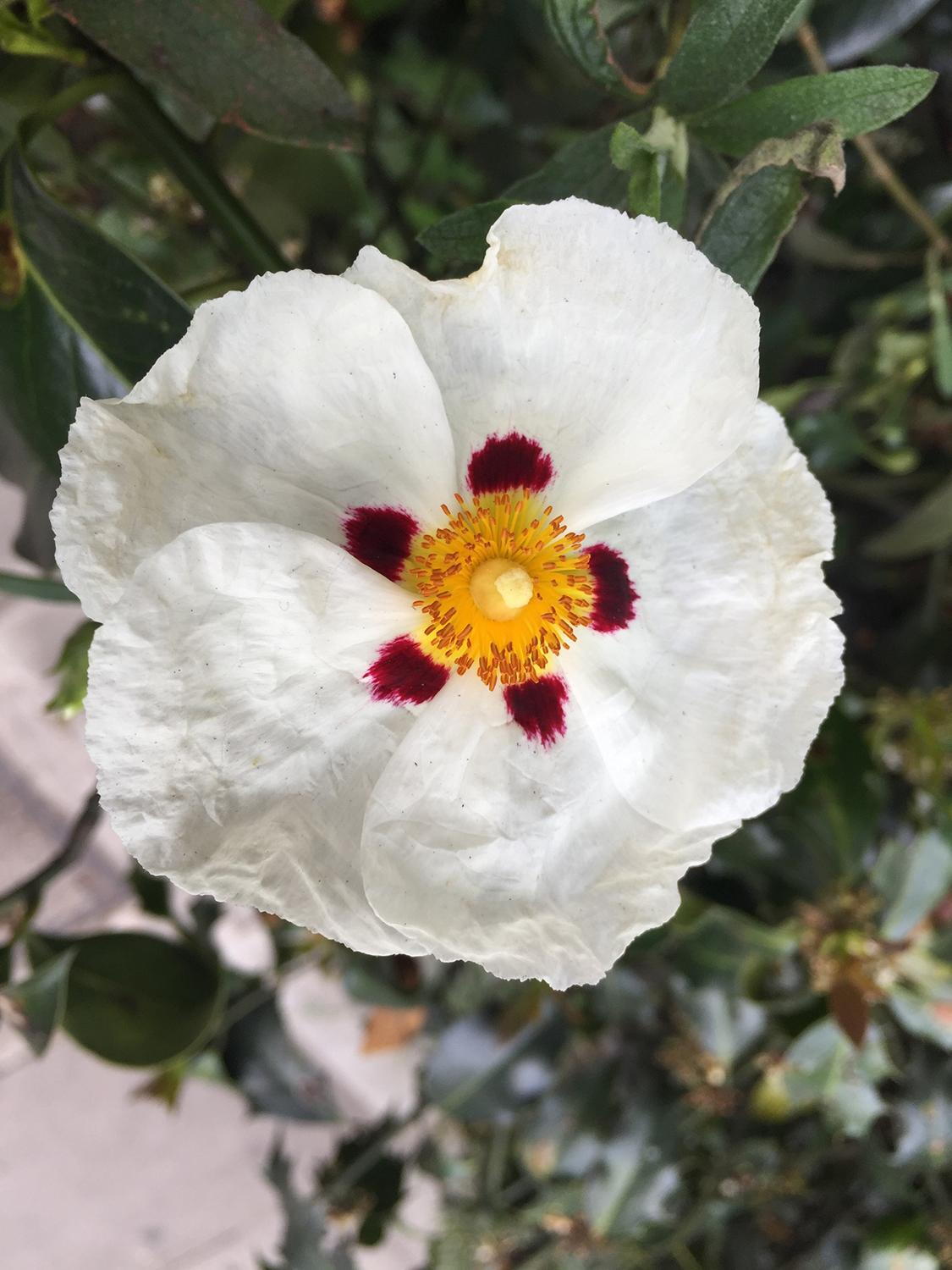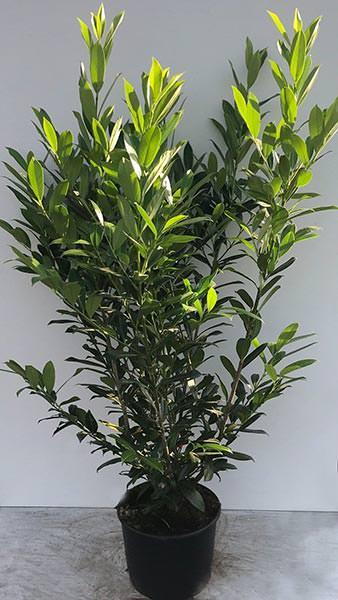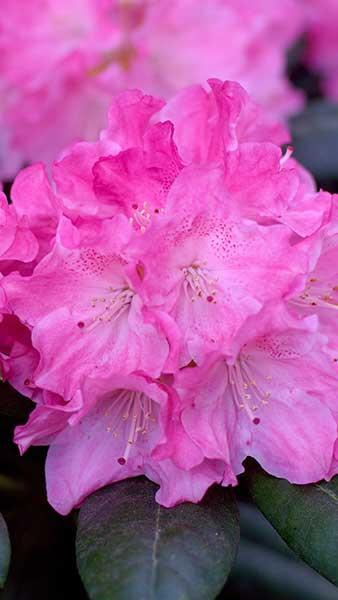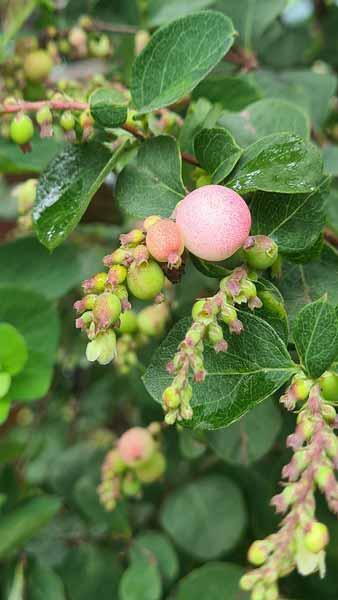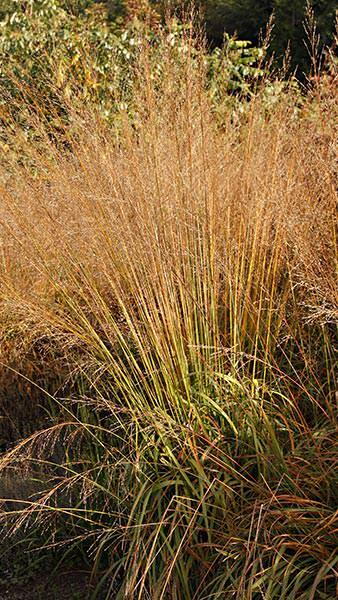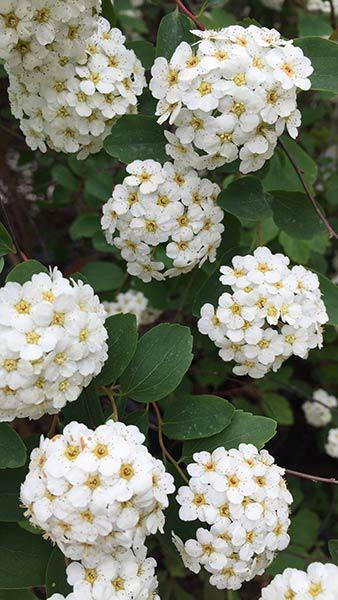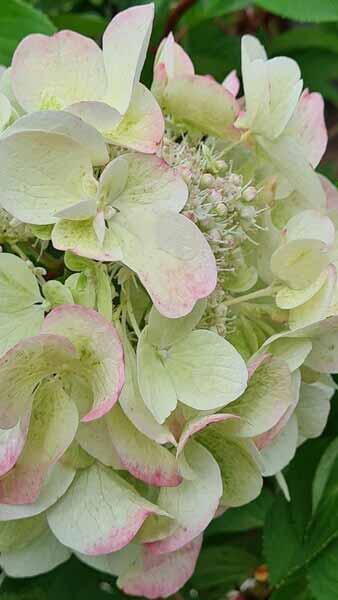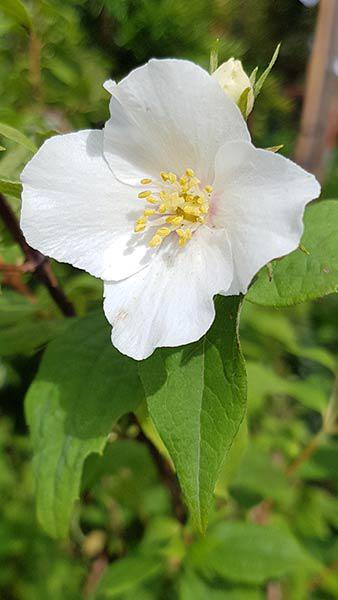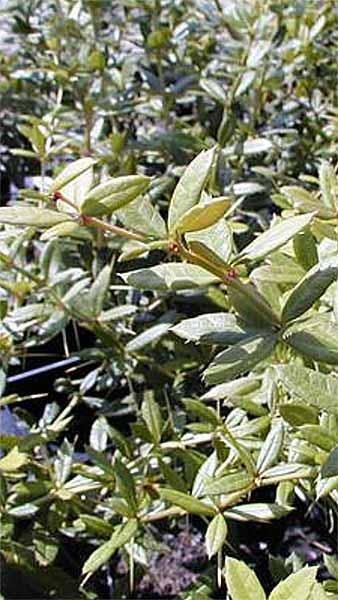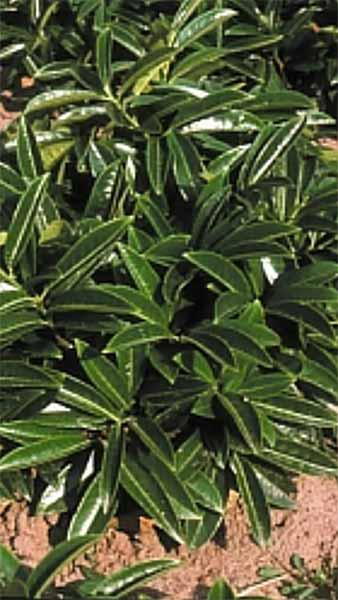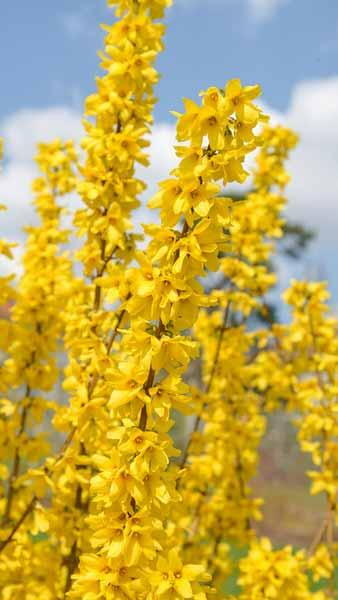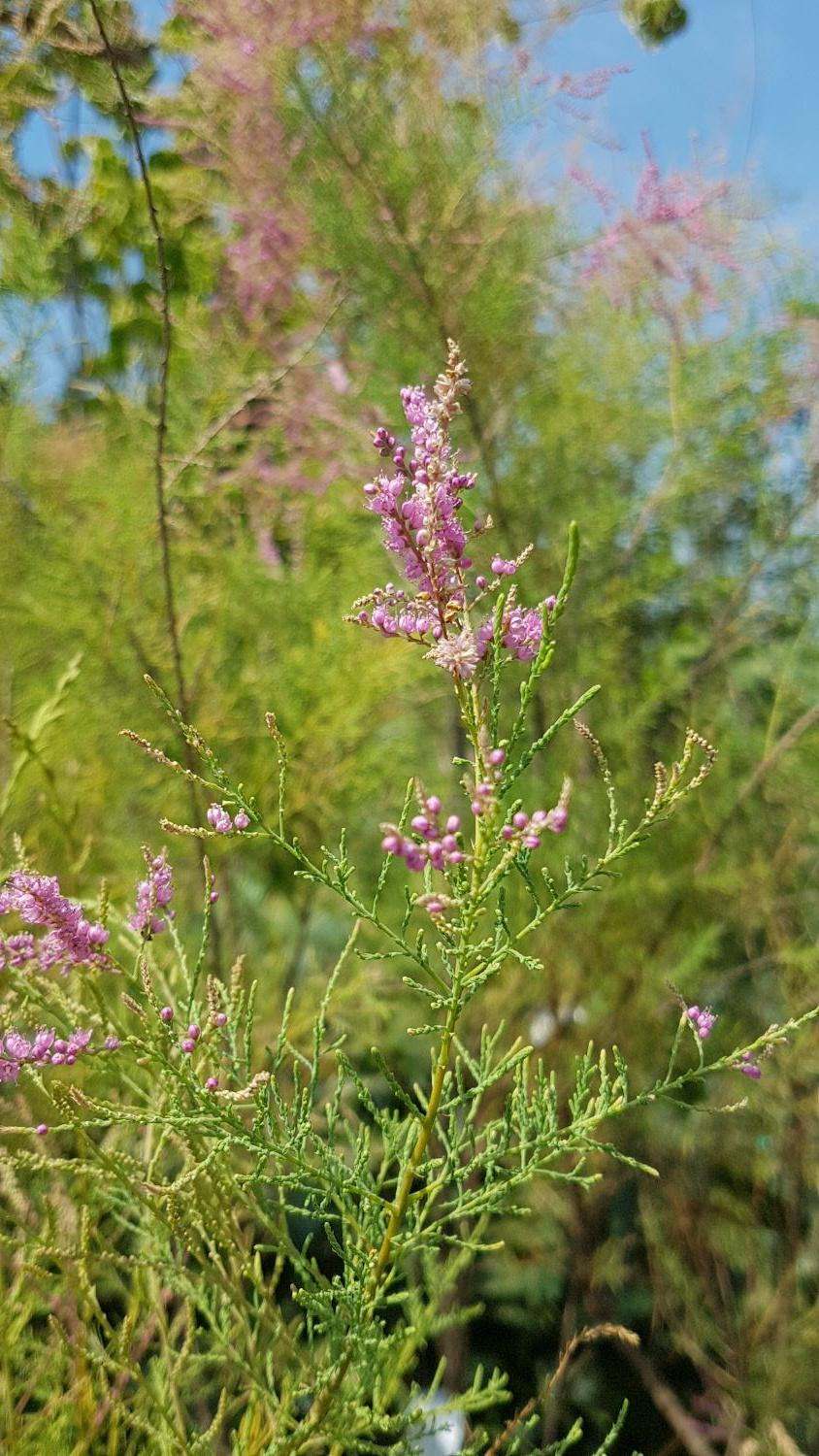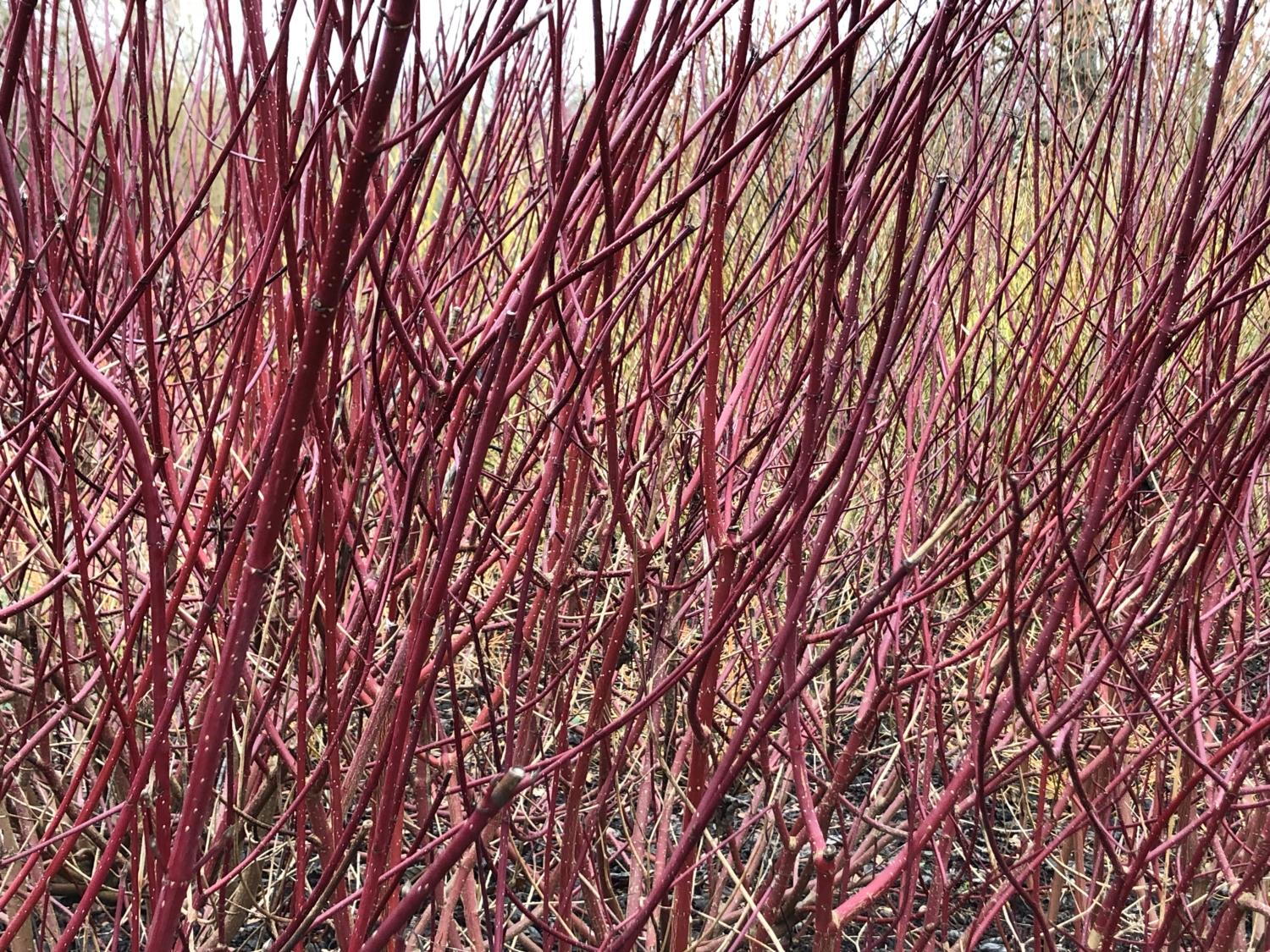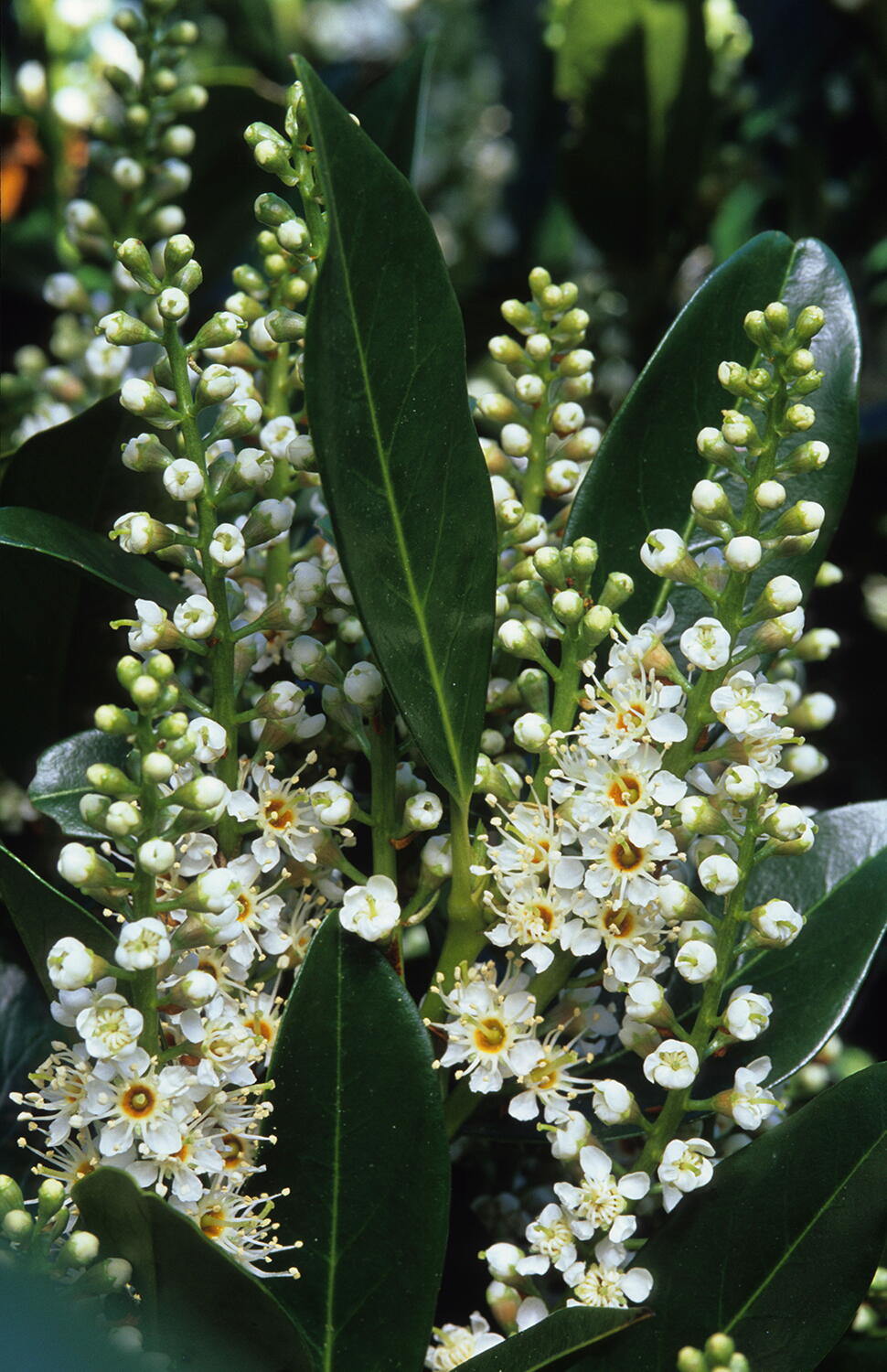Berberis Julianae Wintergreen Barberry Hedge Plants Buy UK
Berberis Julianae Wintergreen BarberryBerberis Julianae Wintergreen Barberry is a tough, attractive evergreen hedge plant which will create an impenetrable screen wherever you need it. Native to central and western China, Berberis Julianae has been cultivated by UK gardeners since 1900. Its narrow, glossy leaves are copper coloured when they emerge in the spring, turn dark green in the summer, and then often red in autumn, persisting throughout the winter, providing winter colour for your garden and reliable privacy all year. In late spring, its red-tinged yellow flowers appear in clusters, and will attract butterflies to your garden. The flowers are followed by black berries in the autumn, which will bring birds for winter feeding. Wintergreen Barberry’s long, strong thorns make it an excellent deterrent to both animal and human intruders. Reliably winter-hardy throughout most of the UK, Berberis Julianae Wintergreen Barberry will grow to a mature height and spread of 2.5-4 metres over a period of 10 to 20 years, growing about 30 cm a year. Berberis Julianae will require regular pruning to maintain vigorous growth. Wearing long, tough, gloves to protect against the thorns, cut out dead stems, and then thin the remaining stems. Berberis Julianae will grow in almost any location and soil type except in waterlogged soil, although it will do best in a well-drained, slightly acidic moist soil. Once established it is quite drought tolerant, and is well-suited to planting in coastal regions as it tolerates salt. It is also an excellent choice where deer are a problem. Plant Wintergreen Barberry where you want to establish a secure barrier screen that will serve that purpose year-round. It is an excellent hedging plant, with its evergreen leaves, spring flowers, autumn and winter berries to provide visual interest, while its dense growth habit will provide continual privacy and the long, sharp thorns will discourage even the most determined intruder. Berberis Julianae also serves well as a ground cover on a difficult slope, where its drought tolerance will also be a bonus. Because of its evergreen foliage and attractive flowers and berries, it can be used as a specimen foundation planting or as a small grouping in a larger informal border.If you need a tough barrier, think about a Berberis Julianae Wintergreen Barberry hedge, combining the attractiveness of its foliage, flowers and fruit with the deterrent qualities of its thorns. Its tolerance of a wide range of planting conditions makes it a great choice for gardens across the UK!
